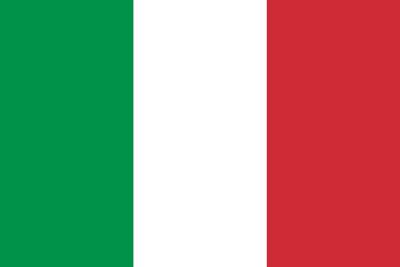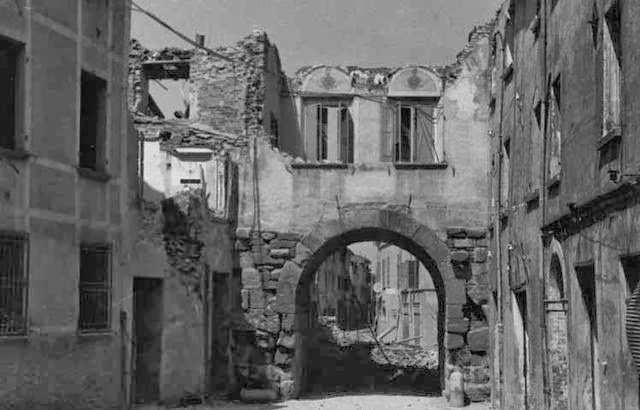
 ITALIANO
ITALIANO
La costruzione della porta Montanara, detta anche di Sant'Andrea, risale al I secolo a.C. e faceva parte del riassetto del sistema difensivo cittadino attribuito a Lucio Cornelio Silla (fazione degli optimates), in risposta a delle rappresaglie nei confronti della città, sostenitrice di Mario (fazione dei populares), suo avversario nella guerra civile.
L’arco a tutto sesto, in blocchi di arenaria, costituiva una delle due aperture della porta che consentiva l’accesso alla città per chi proveniva dai colli lungo la via aretina, percorrendo la valle del Marecchia.
Al termine della seconda guerra mondiale, il monumento fu distrutto nella parte esposta e fu recuperata la parte occultata nelle murature delle case adiacenti. L'arco così riscoperto venne rimontato lontano dal luogo originario, a fianco del Tempio Malatestiano, e, successivamente, fu ricomposto nella zona originaria attuale.

 ENGLISH
ENGLISH
The construction of Porta Montanara, also called Sant'Andrea, dates back to the 1st century BC. It was part of the city defense system attributed to Lucio Cornelio Silla (faction of the optimates), in response to reprisals against the city, supporter by Mario (faction of the populares), his opponent in the civil war.
The round arch, in blocks of sandstone, was one of the two openings of the door that allowed access to the city for those coming from the hills along the via Aretina, along the Marecchia valley.
At the end of the second world war, the monument was destroyed in the exposed part and the hidden part was recovered from the walls of the adjacent houses. The arch thus rediscovered was reassembled far from the original place, next to the Tempio Malatestiano, and, subsequently, it was reassembled in the current original area.

